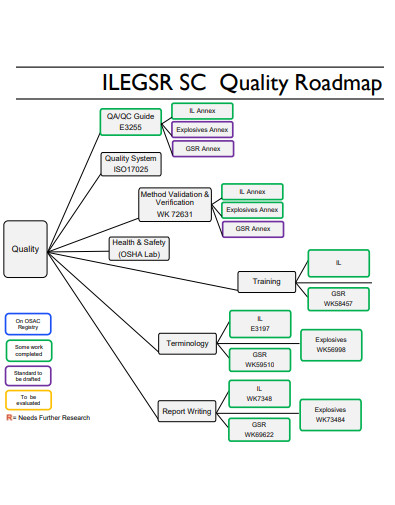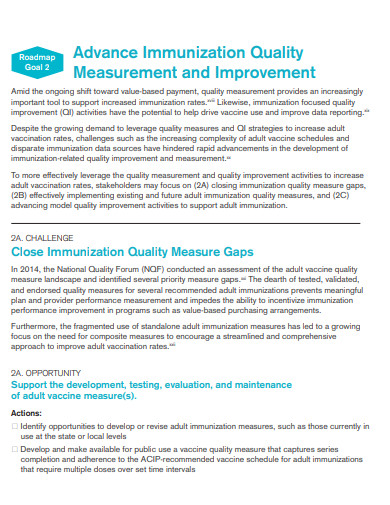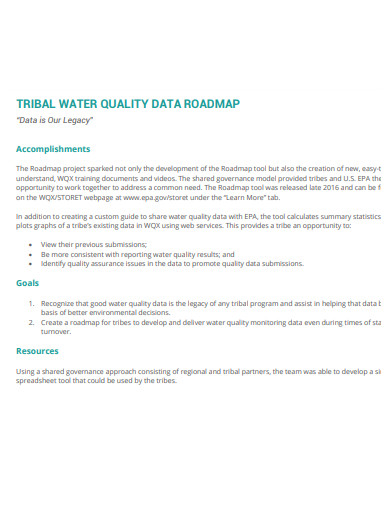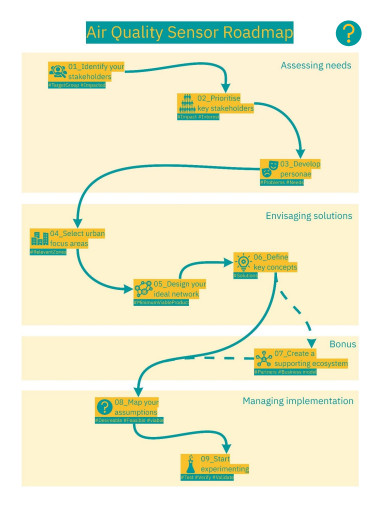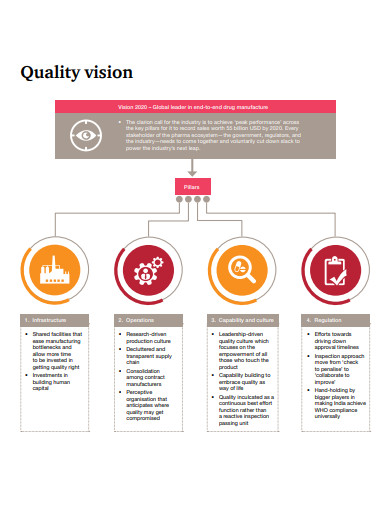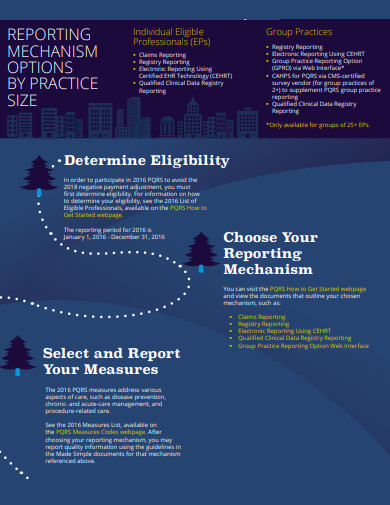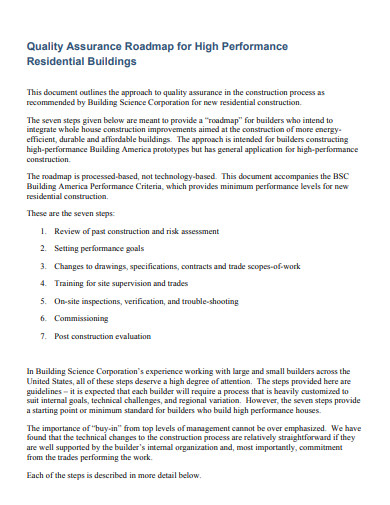Quality is possibly the most important distinguishing feature of any business or firm on the planet. Any type of business or business owner strives to achieve a certain level of quality, which they strive to achieve on a consistent basis. It could be anything from products to services to resource quality, among other things. Each of them ensures that everything they produce meets the expectations of their investors, stakeholders, and, most importantly, their customers. Furthermore, the requirement for high-quality products and services comes with the responsibility of ensuring that those quality standards are met. To ensure that whatever they produce is suitable for the market, they make a number of important efforts. A number of factors must be established in order for these stages to be completed successfully and the highest possible quality of their product to be obtained on a consistent basis. Excellent control plans are in charge of establishing these parameters.
When it comes to ensuring that the final product meets quality standards, the importance of planning cannot be overstated. It saves time and resources by lowering the likelihood of defective items after they have been developed. High-quality action plans are particularly effective at this. It not only paints a clear picture of the high level of quality that the firm or corporation is attempting to achieve, but it also specifies actions and parameters that, if followed correctly, ensure that the end result is of the highest possible quality. Check out the samples below to learn more about what goes into a quality control plan, which you can use to familiarize yourself with the document and even as a template for creating your own quality roadmap.
10+ Quality Roadmap Samples
1. Service Quality Roadmap
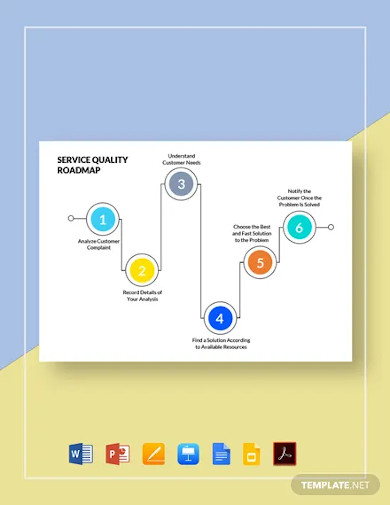
2. Product Quality Roadmap

3. Quality Planning Roadmap
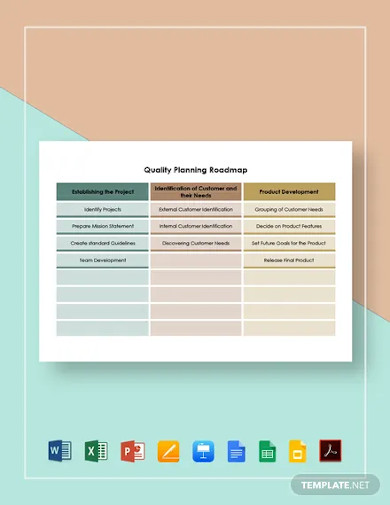
4. Sample Quality Roadmap
5. Simple Quality Roadmap
6. Quality Data Roadmap
7. Teacher Quality Roadmap
8. Air Quality Sensor Roadmap
9. Quality Systems Roadmap
10. Quality Reporting Roadmap
11. Quality Assurance Roadmap
What Is a Quality Roadmap?
Product quality control is frequently the last step before releasing a product to a distribution channel. During this stage of production, producers perform a variety of operations, such as quality checks and corrections, to ensure that goods meet quality standards.
This stage is crucial because it determines whether the product is ready to ship to the customer. Failure to deliver high-quality items can lead to a tarnished reputation, decreased retention, and an increase in returns.
Quality control also includes inspecting how a product is manufactured, stored, and distributed. A “defective” product is one that is subpar or has been damaged. As a result, businesses must devise effective systems to ensure the integrity of their products at all stages of the supply chain.
Internal and external quality control measures may be required depending on the industry and the types of products distributed by a company. Firms that use internal protocols are a common example of internal control. This could include anything from equipment maintenance to employee performance evaluations and everything in between. Upper-level management is responsible for controlling how and when quality assurance procedures are carried out.
External quality control, on the other hand, is required for products sold to third parties. For example, once food has been manufactured and distributed, it must be verified by outside businesses to determine its nutritional value and expiration date before it can be sold to customers in the marketplace.
QCP is an abbreviation for Quality Control Plan, and it is a written collection of procedures and actions designed to deliver goods that meet the quality objectives for a project as specified in contract contracts, other procedures and manuals, and other guidance.
How to Write a Quality Roadmap
- Create an Organization Chart
The first step is for management to create an organizational chart that includes job descriptions, business qualifications, and the training required to properly implement each quality assurance method. These standards must be documented in order to demonstrate that inspectors are properly trained and competent. In the event of a problem or error, this document should be kept on file and presented to senior management. - Define responsibilities
Following that, management must define the roles and responsibilities of both internal employees and external affiliates. Each partner should be aware of the processes for which they are responsible and who will be responsible for quality checking their work. While some small businesses allow employees to quality check and verify their own work, most businesses require these procedures to be carried out by a separate group of people. This necessitates the creation of separate documentation to ensure that each task was given adequate time, as multitasking may result in increased instances of human error. Large corporations, on the other hand, prefer that different personnel within the same department review their colleagues’ work. These quality assurance specifications should be precisely defined to avoid confusion and to ensure that each step is carried out exactly as described. - Purchase and receive materials
Before ordering materials, management should thoroughly understand the specifications to ensure that the components ordered meet the desired quality standards. While seeking vendors with the lowest rates may save businesses money in the short term, it may cause them to fall short of quality assurance criteria in the long run. As a result, it is critical to identify the important qualities of the materials prior to beginning the ordering process. Staff should inspect the shipment once the materials have been delivered to ensure that all of the products meet the required standards. If the delivery falls short of expectations, the company is responsible for returning the items to the supplier. - Verify Supplier’s Qualifications
While inspecting basic materials is relatively simple, performing quality assurance on more complex components and equipment can be time-consuming and difficult. As a result, before submitting a bid request, businesses should clearly define their requirements and expectations for vendors. Businesses, for example, could request a third-party audit of a vendor to ensure that their internal processes are in accordance with applicable regulations. Then, before signing a contract, companies should evaluate the reputation, brand, and qualifications of potential suppliers. - Evaluate quality feedback
The goal of quality assurance is to ensure that products are up to standard before distributing them to customers. However, feedback is an excellent tool for improving product performance and overall quality. Companies can identify a product’s benefits and drawbacks by reviewing online reviews, user complaints, and suggestions from other customers. It is recommended that organizations form a customer service team that compares evaluations with compliance records to determine whether issues were caused by noncompliance. If an employee discovers that a process is not in accordance with the law, they are required to report the issue. - Develop a process for corrective action
Finally, businesses must develop a corrective action plan to address quality issues such as infractions and regulatory noncompliance. When a non-compliant process is reported, the quality control employee is responsible for investigating the circumstances surrounding the occurrence. It could be the result of a malfunction or an employee’s negligence. Once the root cause has been identified, the company must implement a preventative measure to ensure that the event does not reoccur. This package could include additional quality checks or automated tools, such as inventory ordering systems. Quality control plans enable businesses to ensure that all products meet expected standards and that corrective actions are in place in the event of a product recall or other consumer complaints. This shows customers that a company values their feedback and is committed to providing the best products on the market.
FAQs
What are the three types of quality?
Professionals frequently categorize quality flaws into three categories: minor, major, and critical. Minor flaws are those that account for less than 1% of the total. A defect’s nature and severity are used to determine which category it should be assigned to.
What are action steps?
Action steps are specific actions taken in order to achieve the goals outlined in your action plan. In essence, the content of your action plan is what it is all about.
What are the four types of quality control?
Process Control. Control Charts. Product Quality Control. Process Control.
A well-written action plan ensures that the goals of your company or corporation, or even your own personal goals, are met and exceeded. To put it another way, it makes your vision a reality. It can help you stay on track with your project and avoid any potential stumbling blocks that may arise along the way. The process for developing a high-quality action plan is essentially the same. It enables you to maintain a certain level of quality in your products and services while also leaving room for continuous improvement.
Related Posts
FREE 10+ Quality Development Plan Samples [ Assurance, Control ...
FREE 10+ Service Quality Report Samples [ Project, Customer ...
FREE 10+ Quality Management Statement Samples [ Mission ...
FREE 10+ Quality Improvement Report Samples [ Continuous ...
FREE 10+ Data Quality Assessment Report Samples in PDF DOC
FREE 10+ Quality Management Control Plan Samples [ Project ...
FREE 8+ Quality Training Plan Samples [ Assurance, Manager ...
FREE 13+ Quality Assurance Plan Templates in PDF MS Word ...
FREE 10+ Quality Policy Statement Samples [ Laboratory ...
FREE 9+ Sample Quality Control Job Description Templates in PDF ...
FREE 10+ Quality Assurance Report Samples [ Audit, Monthly ...
FREE 10+ Quality Assurance Mission Statement Samples [ Team ...
FREE 10+ Quality Control Statement Samples [ Mission, Vision ...
FREE 10+ Quality Inspection Checklist Samples [ Assurance ...
FREE 10+ Quality Assurance Statement Samples [ Product, Mission ...

